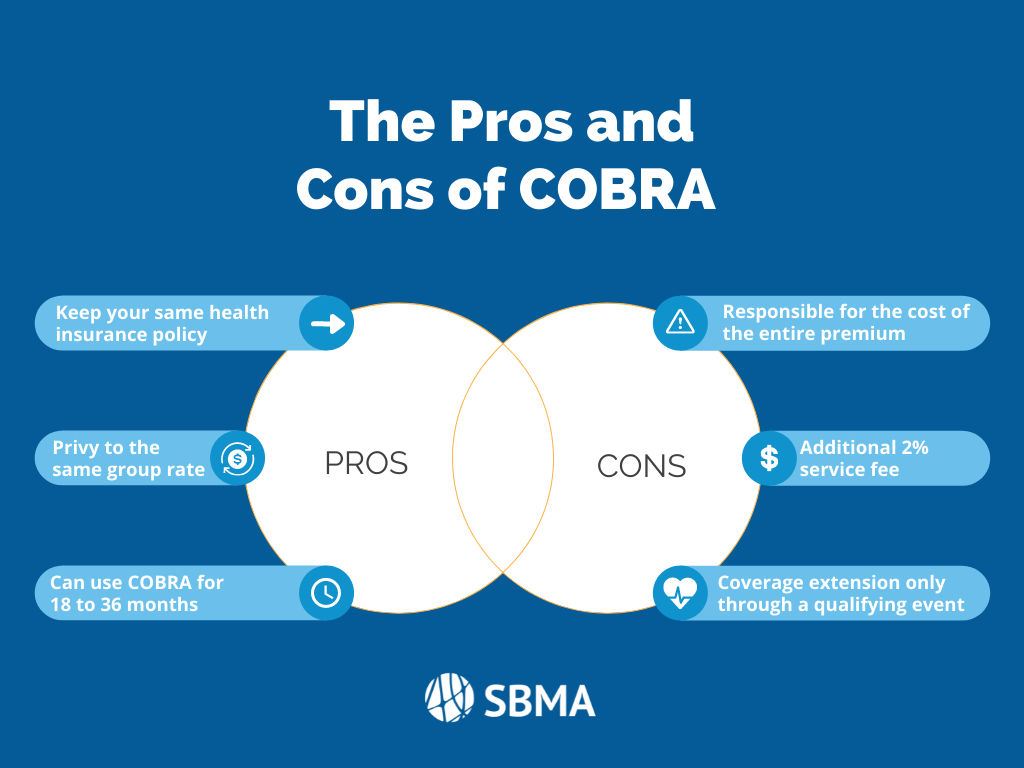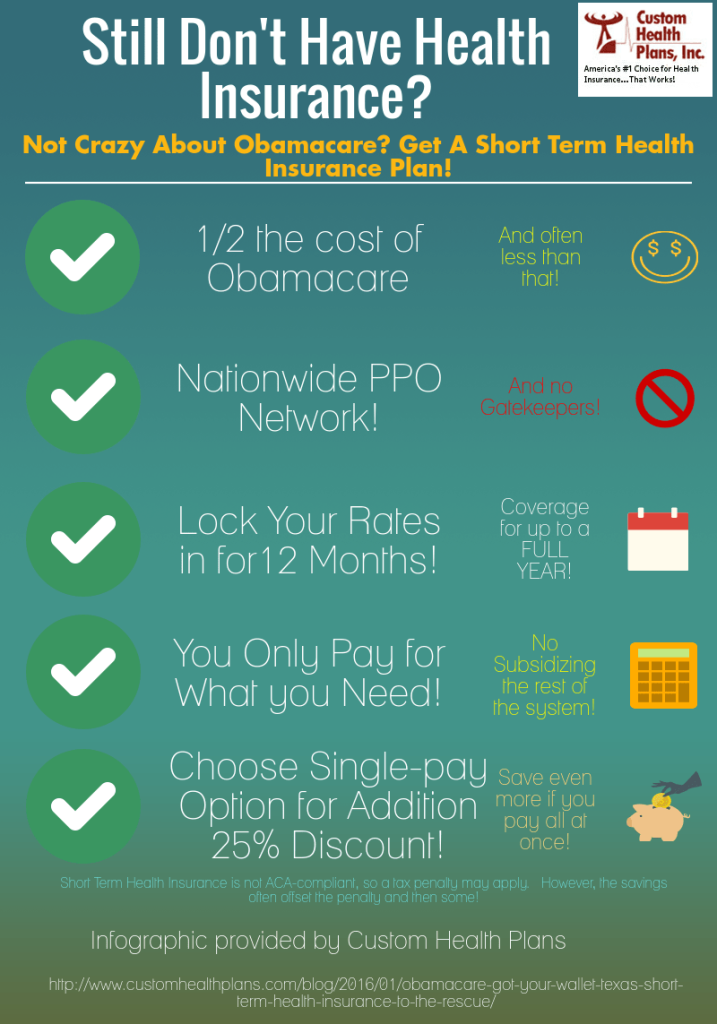The Ultimate Guide To Medicare Advantage Agent
The Ultimate Guide To Medicare Advantage Agent
Blog Article
The Only Guide for Medicare Advantage Agent
Table of ContentsSome Of Medicare Advantage AgentSome Known Details About Medicare Advantage Agent Getting My Medicare Advantage Agent To Work

follows from puzzling the relatively young age profile of the without insurance with the much better health, on average, of younger persons. This obscures the web link between wellness standing and health insurance policy. For those without accessibility to workplace wellness insurance, bad health and wellness is a prospective barrier to purchasing nongroup coverage because such coverage may be highly valued, leave out preexisting conditions, or be merely not available. The variety of uninsured Americans is not especially huge and has not altered in recent times. 7 out of 10 respondents in a nationally representative survey assumed that fewer Americans did not have medical insurance than really do(Fronstin, 1998). Roughly fifty percent(47 percent )believed that the variety of people without medical insurance lowered or stayed constant over the last half of the last years(Blendon et al., 1999). This drop of virtually 2 million in the variety of people 'without insurance (a decrease
of about 4 percent)is absolutely a favorable adjustment. With a softer economic climate in 2000 the most recent reported gains in insurance protection might not proceed(Fronstin, 2001 ). The decrease in the variety of uninsured will not proceed if the economic climate stays slow-moving and health treatment prices remain to outpace rising cost of living. This is because the information were gathered for a duration of solid financial efficiency. Of the approximated 42 million people who were without insurance, just about regarding 420,000(about 1 percent)were under 65 years of age, the age at which most Americans end up being qualified for Medicare; 32 million were grownups in between ages 18 and 65, about 19 percent of all grownups in this age; and 10 million were youngsters under 18 years old, about 13.9 percent of all children (Mills, 2000). These estimates of the number of individuals uninsured are generated from the annual March Supplement to the Existing Populace Study (CPS), conducted by the Census Bureau. Unless or else noted, nationwide estimates of individuals without medical insurance and percentages of the population with various type of insurance coverage are based on the CPS, the most widely used resource of price quotes of insurance coverage and uninsurance prices. These studies and the quotes they generate are explained briefly in Table B. 1 in Appendix B - Medicare Advantage Agent. These surveys vary in size and sampling approaches, the inquiries that are asked concerning insurance policy
The 10-Second Trick For Medicare Advantage Agent
coverage, and the moment period over which insurance policy protection or uninsurance is determined(Lewis et al., 1998, Fronstin, 2000a ). Still, the CPS is especially beneficial since it generates annual price quotes relatively quickly, reporting the previous year's insurance coverage approximates each September, and due to the fact that it is the basis for a regular collection of estimates for greater than twenty years, enabling evaluation of trends in protection with time.

10 Easy Facts About Medicare Advantage Agent Explained
Over a three-year duration starting early in 1993, 72 million individuals, 29 percent of the U.S. population, lacked insurance coverage for at the very least one month. Within a single year(1994), 53 million individuals experienced at the very least a month without coverage(Bennefield, 1998a). Six out of every ten without insurance grownups are themselves used. Although functioning does boost the possibility that one and one's member of the family will have insurance coverage, it is not a warranty. Also members of family members with 2 full time breadwinner have investigate this site practically a one-in-ten opportunity of being uninsured (9.1 percent uninsured rate)(Hoffman and Pohl, 2000 ). The relationship between health and wellness insurance coverage and accessibility to care is well established, as documented later on in this phase. The relationship in between health and wellness insurance and health results is neither straight nor sites easy, a comprehensive professional and health solutions research literary works web links wellness insurance policy coverage
to improved access to care, better much betterTop quality and improved boosted and population populace wellnessStanding For example, the 2nd report, on personal health and wellness end results for uninsured adults, is stood for by the innermost circle of the number, while the third report, on household wellness, encompasses the topics of the 2nd report yet highlights a various device of analysis, specifically, the household. The 6th report in the series will certainly provide info regarding strategies and campaigns carried out locally, statewide, or across the country to attend to the absence of insurance policy and its damaging impacts. Levels of evaluation for taking a look at the impacts of uninsurance. This conversation of health and wellness insurance policy coverage concentrates mainly on the united state population under age 65 since virtually all Americans 65 and older have Medicare or various other public protection.
Moreover, it concentrates especially on those with no medical insurance for any length of time. The problems dealt with by the underinsured remain in some respects similar to those faced by the uninsured, although they are generally much less serious. Uninsurance and underinsurance, however, entail distinctly various plan issues, and the techniques for addressing them may differ. Throughout this research study and the 5 records to comply with, the primary focus gets on individuals without any medical insurance and therefore no support in spending for wellness treatment past what is available via charity and safeguard establishments. Medical insurance is a powerful element influencing invoice of treatment due to the fact that both patients and medical professionals reply to the out-of-pocket cost of solutions. Wellness insurance policy, nevertheless, is neither needed nor adequate to gain access to medical services. Nevertheless, the independent and straight effect of health
insurance policy protection on their website access to wellness services is well developed. Others will certainly acquire the healthcare they need even without medical insurance, by spending for it expense or seeking it from suppliers who offer treatment free or at very subsidized rates. For still others, wellness insurance policy alone does not make certain invoice of care due to various other nonfinancial barriers, such as an absence of wellness care carriers in their area, minimal access to transportation, illiteracy, or linguistic and social differences. Official research about without insurance populaces in the USA dates to the late 1920s and very early 1930s when the Committee on the Expense of Medical Treatment created a collection of reports about funding doctor workplace visits and hospitalizations. This issue came to be salient as the varieties of medically indigent climbed during the Great Anxiety. Empirical studies constantly support the web link in between access to care and improved wellness outcomes(Bindman et al., 1995; Starfield, 1995 ). Having a regular resource of care can be taken into consideration a predictor of gain access to, instead than a direct step of it, when health end results are themselves used as accessibility signs. This extension of the notion of gain access to measurement was made by the IOM Board on Keeping Track Of Accessibility to Personal Wellness Treatment Provider(Millman, 1993, p. Whether moms and dads are guaranteed shows up to influence whether their kids obtain care as well as how much careeven if the youngsters themselves have coverage(Hanson, 1998). The health and wellness of parents can affect their ability to take care of their youngsters and the level of household stress and anxiety. Stressing about their kids's accessibility to care is itself a resource of stress and anxiety for parents. Three chapters comply with in this report. Phase 2 supplies an overview of exactly how employment-based wellness insurance coverage, public programs and specific insurance policies run and interact to supply extensive yet incomplete insurance coverage of the U.S. population. This consists of a review of historic fads and public policies affecting both public and exclusive insurance policy, a discussion of the interactions among the different kinds of insurance coverage, and an exam of why individuals move from one program to one more or end up
Report this page